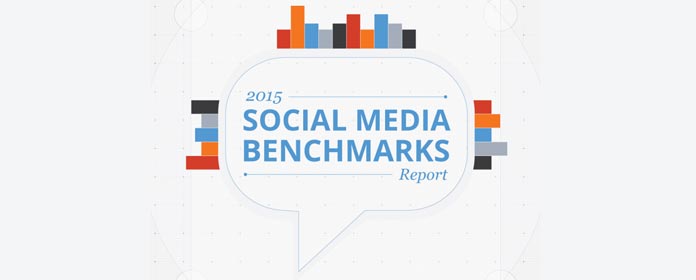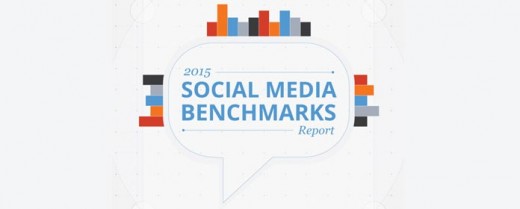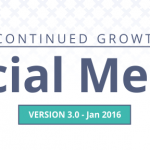What the Latest Social Media Research Tells Us About User Engagement
February 6, 2015
When it comes to social media, everyone has a theory. For a while, it’s been that the more posts you publish, the more consumers you will have engaging with your brand. However, this bombardment posting strategy is now on shaky ground.

In Hubspot’s 2015 Social Media Benchmark’s Report of more than 7,000 businesses, this theory was put to the test and fell short of its previously accepted rule of thumb. Based on findings, one element in particular actually holds more clout when it comes to garnering user engagement: the number of followers.
Study subjects
The Hubspot study took a look at a diverse set of industries—from marketing to software tech, to real estate and health care, to manufacturing and consumer goods. It compared company size, engagement factors, social media platforms, the frequency each industry was posting and the relationship each of these variables had to user engagement.
Study findings
It turns out, that the data analyzed did not show “any discernible correlation between the average number of posts that companies publish per week and the average number of interactions (e.g., likes, retweets, etc.) each of those posts receives.” Even when comparing the data across different industries the results were the same. If anything, the study found that there was a “slight negative correlation between the two” considering the two industries that posted the least (consumer goods/retail/ecommerce and manufacturing) had the highest rate of interaction with users.
However, the study revealed conflicting data surrounding this topic when it came to the nonprofit/education industries. Holding the highest post interaction levels, they fell in the middle of the group in post frequency (they should have had the lowest posting rate for this theory to reign true).
Studying this discrepancy, Hubspot was able to isolate another factor which outdoes post-frequency when it comes to engagement: the size of one’s following.
More followers. More engagement.
If company A publishes one tweet to 1,000 followers and company B publishes one to 100,000, it’s clear to see how the odds are stacked in company B’s favor when it comes to the potential for user engagement based on impressions alone.
Hubspot determined that the number of followers indicated engagement by looking at the top two performing industries: nonprofit/education industry and consumer goods/retails/ecommerce. Both had with the first two largest followings and most interactions per post.
Even with this data, there is still a catch. Not only can the number of followers be misleading (not every user sees every post, some users become inactive, people create fake accounts, etc.), Hubspot also cautioned that the number of followers still isn’t “a very good predictor” due to these potential issues. The data they collected only supports that follower numbers has more predictability when it comes to user engagement than post frequency.
Where to go from here
While the study has many twists and turns as one would expect with so many variables, it does illustrate one notable thing: that a higher amount of followers leads to better engagement predictability and higher engagement.
Businesses looking to create a more engaged audience through social media can start by lowering their concern about often they post and instead concentrate on increasing the audience size in which sees these messages. While this isn’t a cure-all for engagement, as far as this study is concerned, it can help.
Digital & Social Articles on Business 2 Community
(243)














